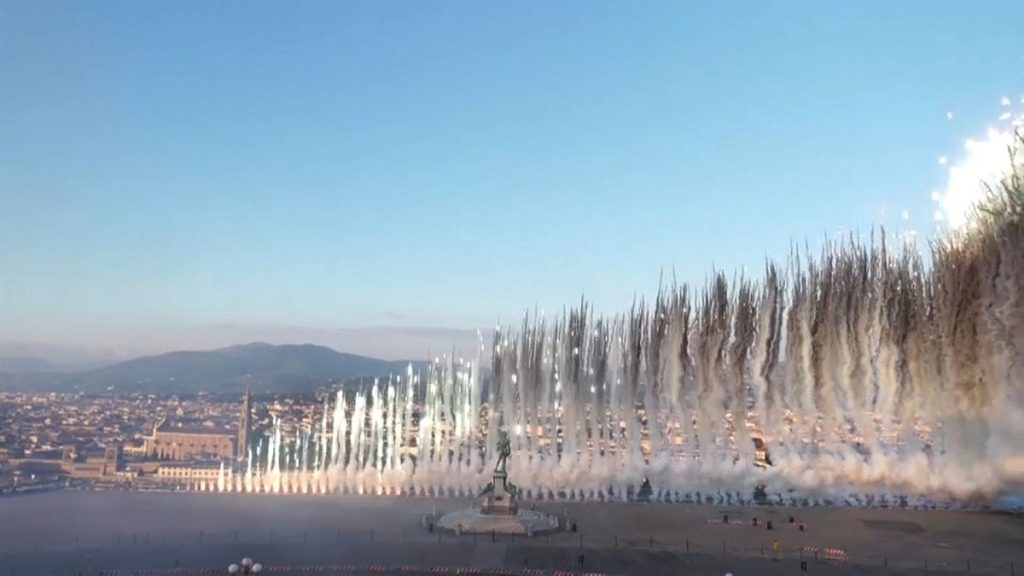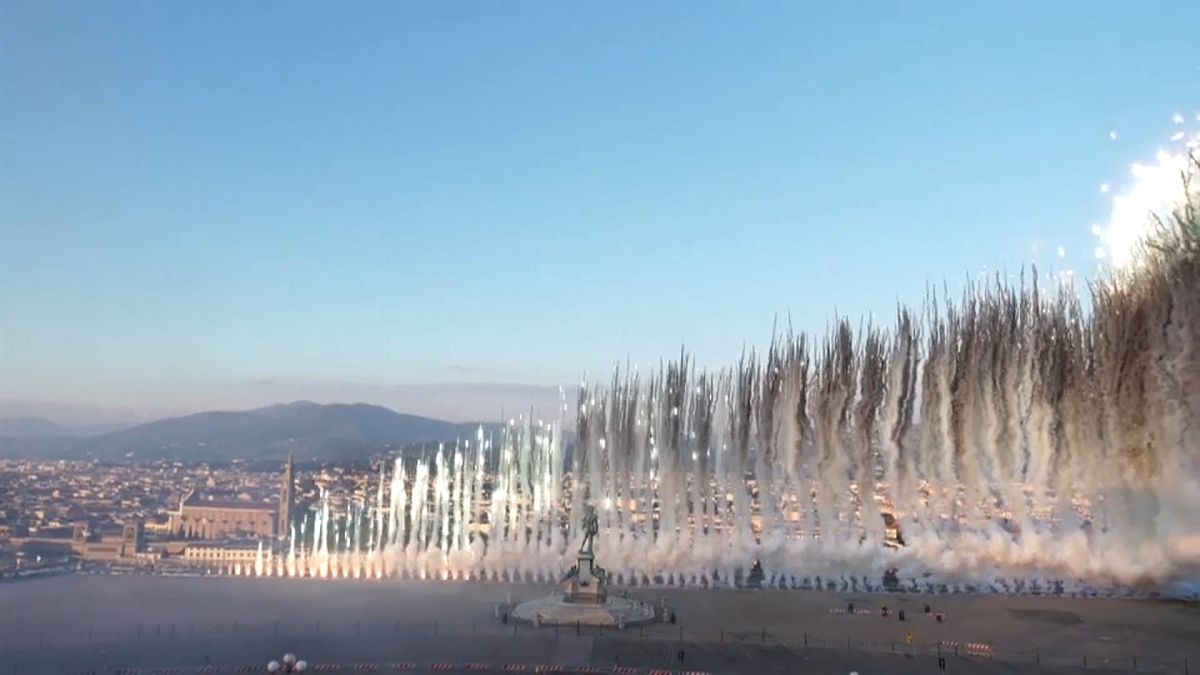
Activists Oppose Fireworks Display at Centre Pompidou

Cai Guo-Qiang’s Controversial Art: Protests and Environmental Concerns
Cai Guo-Qiang, a renowned Chinese artist known for his explosive fireworks displays, has once again sparked controversy with his recent performance titled “Le Dernier Carnival” at the Centre Pompidou in Paris. This event marked the museum’s temporary closure for renovations but reignited discussions surrounding Cai’s practice following his contentious “Rising Dragon” fireworks show in the Tibetan Himalayas.
The Pompidou fireworks, part of Paris Art Week, turned the building’s façade into a spectacular visual display, combining art, technology, and pyrotechnics through a custom-built AI model. However, the event drew criticism from environmental and pro-Tibetan groups, particularly given Cai’s recent Himalayan project. “Rising Dragon,” commissioned by Arc’teryx, resulted in backlash over environmental damage claims despite using “biodegradable materials.”
Protests were organized by the Students for a Free Tibet (SFT) France, criticizing the misuse of Tibetan landscapes for art performances, which they argue jeopardize the environment and disrespect local traditions. The group further condemned Cai and Arc’teryx’s actions as exploitative. Similar sentiments were echoed during demonstrations at White Cube Gallery in London.
Arc’teryx and Cai have both issued apologies, acknowledging shortcomings and promising to address environmental impacts. Yet, calls for accountability persist, with activists urging cultural institutions like the Centre Pompidou to recognize their role in supporting such controversial displays. The debate underscores the tension between high-profile art and cultural integrity, especially in geopolitically sensitive regions like Tibet.